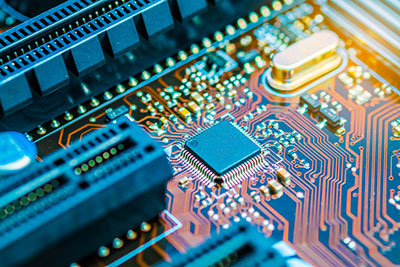ENIG Surface Treatment (electroless nickel-plated gold)
ENIG, which stands for Electroless Nickel Immersion Gold, is one of the many types of surface finish used for PCBs. The Enig Plating is slowly turning out to become one of the most widely used surface finishes thanks to a host of benefits associated with it.
The treatment comes in as the perfect solution to current industry trends such as lead-free manufacturing and the advent of complex surface components such as flip chips and BGAs, which need to have flat surfaces. Also known as immersion gold, looking around, you’ll notice the popularity of ENIG on many PCB surface finishes.
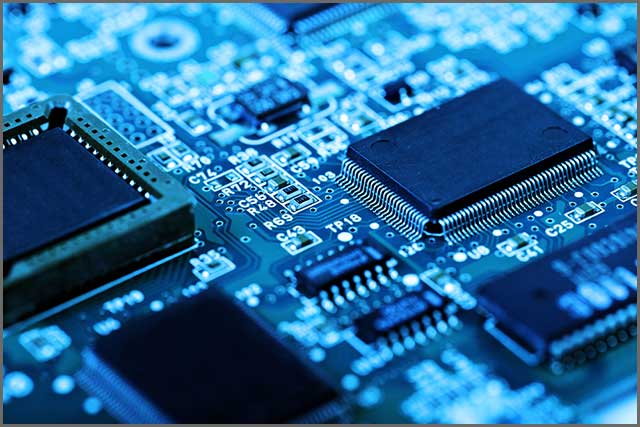
ENIG Process
ENIG process or PCB immersion gold is one of the most straightforward means to undertake. In this process, the vias and surfaces that are intended for the final finish/production first have a nickel layer that’s applied to the copper through an electroless process as a means of creating a diffusion barrier. In the second step, there’s the application of a fragile gold finish. The gold prevents nickel from oxidation while significantly determining the solderability of the surface.
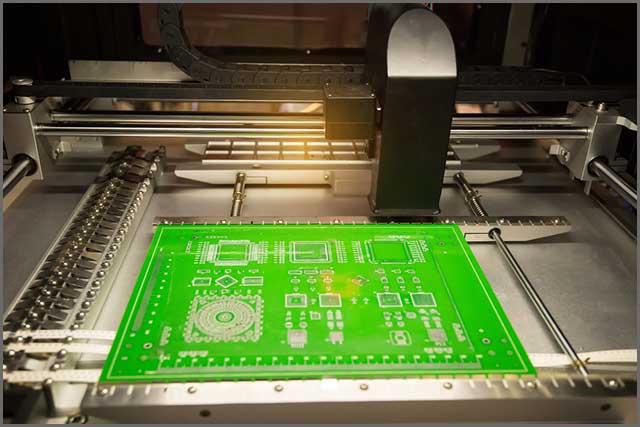
Advantages of ENIG Surface Treatment
Electroless Nickel Immersion Gold (ENIG) is a two-layer coating on the copper surface of a printed circuit board. The RoHS regulations’ growth and importance seem to have popularized ENIG to become one of the most used finishes, especially across the PCB industry. There are several notable advantages that ENIG offers.
For instance, apart from its long shelf life, ENIG is lead-free, meaning that it’s not a harmful substance as such. Another significant advantage of ENIG is that it is ideal for a plated-through hole, not forgetting the fact that it offers or provides an even flat surface. It is also inexpensive when compared to other types of surface finishes, such as HASL finish.
Even though there are several advantages of ENIG, such as the ones mentioned above, there are some disadvantages that accompany ENIG surface treatment too.
1. First complicated to work on, and not re-workable.
2. Additionally, ENIG surface treatment may bring about a signal loss to the printed circuit board when used for a long time.
But in general, the advantages of ENIG Surface Treatment are still undeniable.
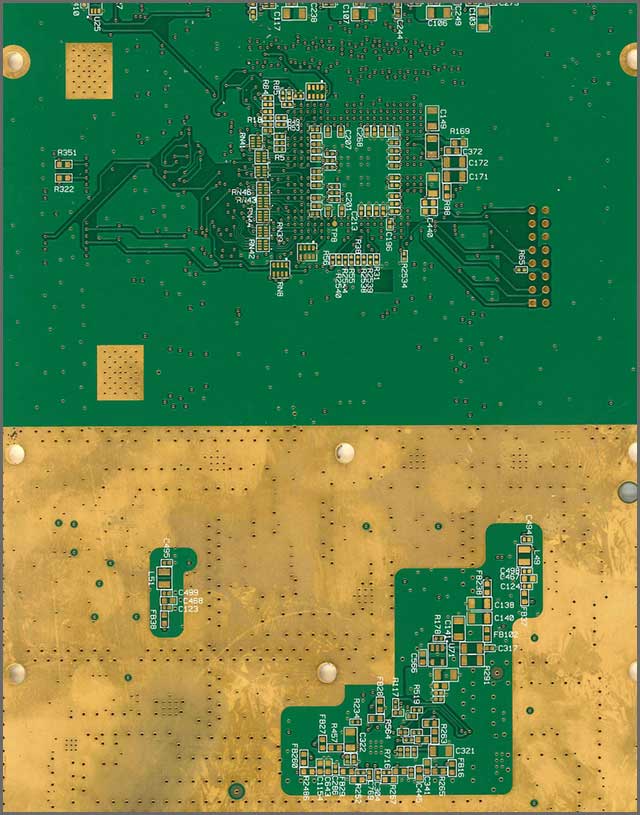
When Should I use ENIG Technology?
There are plenty of reasons why you may need to use ENIG technology over other forms of surface finish technology that you may have at your disposal. For instance, if you want to use ENIG technology, you will have printed circuit boards that have a long shelf life. Additionally, if you are going to have hassle-free solderability, you may find it necessary to use ENIG technology instead of other forms of technology available for you.
ENIG technology also comes with the promise of less oxidation, low contact resistance, high strength, and antifriction. With ENIG technology, the printed circuit board’s surface becomes easy to treat, not forgetting that this technology provides excellent plating around the holes in the PCB.
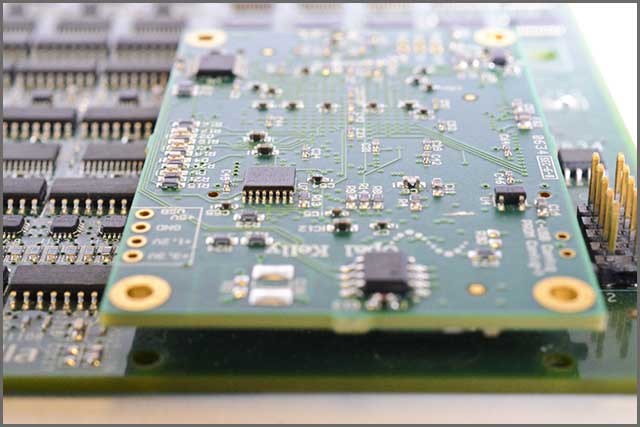
HASL FINISH (Hot Air Solder Leveling)
Also referred to as Hot Air Solder Leveling, is quite different from ENIG finish in several ways. HASL is a metallic surface finishing technique that’s performed on the outer layer of the printed circuit board to shield the exposed copper surfaces until the placement and soldering of all the components are complete.
The Hot Air Solder Leveling coating is composed of 37% Lead and 63% Tin, and during the process of assembly, the coating dissolves with some soldering material. The HASL is a cheap or cost-effective surface finish when compared to other types of commonly used surface finishes. HASL is an ideal choice for those in the production of general-purpose boards.
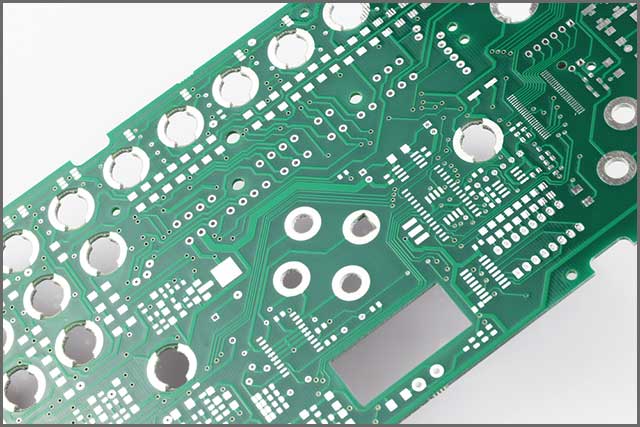
HASL Process
The HASL process begins with PCBs’ immersion into the lead or molten tin solution to ensure that the exposed copper area gets covered by the answer. After that, we used a hot air leveler to ensure even solder deposition.
A Hot Air Leveler removes excess solder from the board by employing the use of high-pressure hot-air knives. The purpose of such a process is to ensure uniformity and thin layers on the board. The coating shields the copper traces from corroding until the final assembly of the board. The diagram below simplifies the HASL process.
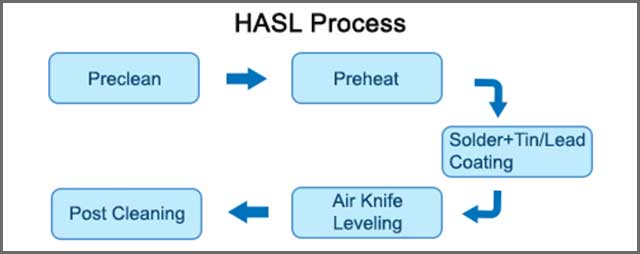
Advantages of HASL
Just like immersion gold or ENIG technology, HASL technology also has got its advantages that are worth noting. The following are some of the advantages or benefits associated with Hot Air Solder Leveling technology:
1. Hot Air Solder Leveling is resistant to copper corrosion
2. Hot Air Solder Leveling also provides outstanding wetting capabilities, especially during the process of soldering
3. HASL also come with the advantage of providing excellent and high-quality solder joints by making the process of soldering very effective
4. Hot Air Solder Leveling can also be re-worked without many difficulties
5. It is highly economical
6. It is ideal for Lead-free printed circuit boards
7. It also minimizes the chances of printed circuit board failure
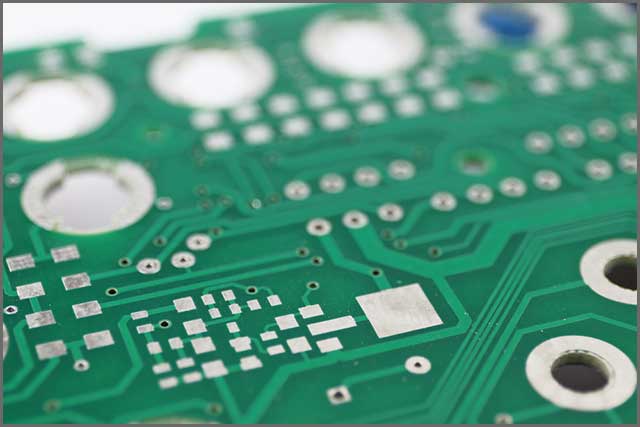
Disadvantages of HASL
While there are plenty of advantages associated with Hot Air Solder Leveling as highlighted above, there are also a few shortcomings worth noting. Some notable limitations of HASL include the following:
1. Hot Air Solder Leveling is less-environmental friendly, and therefore, highly discouraged in a lot of jurisdictions globally
2. HASL is not ideal for PTH (Plated Through-Hole) parts/components
3. Hot Air Solder Leveling lacks favor among plenty of designers based on the fact that it offers high thermal stress to the printed circuit board, something that brings about defective boards
4. HASL coating commonly contains inconsistent thickness and not the perfect solution, especially when it comes to SMT component placement.
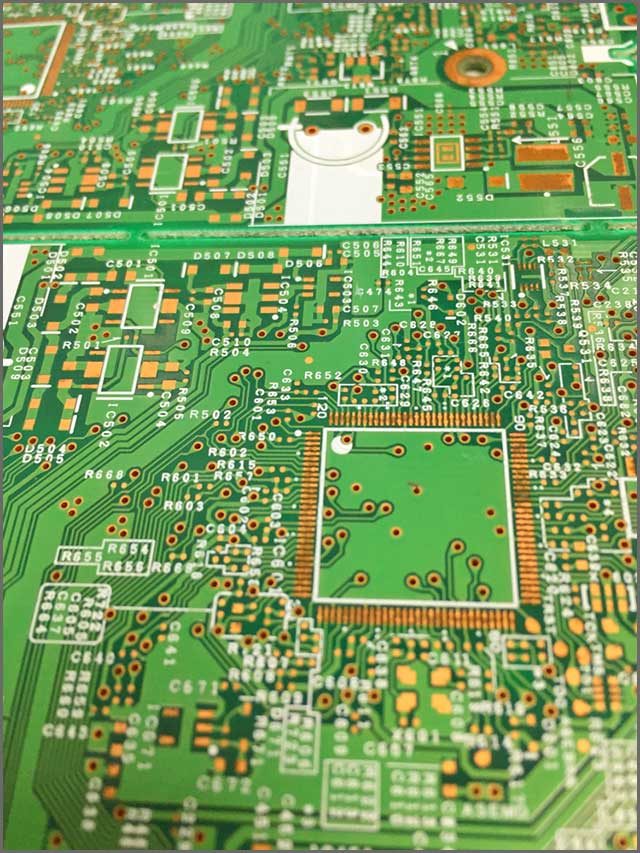
When Should I use HASL Technology?
While you may have other types of technology at your disposal, there comes a time when you may have to make HASL technology your first choice. But why, you may ask. First, HASL is a type of surface finish technology that is pocket friendly.
If you are on a budget, this type of technology is ideal for you. Secondly, HASL technology is readily available, unlike others, which may require some extended time. Thirdly, you may need to use HASL technology as it’s one of those uncomplicated technologies to perform.
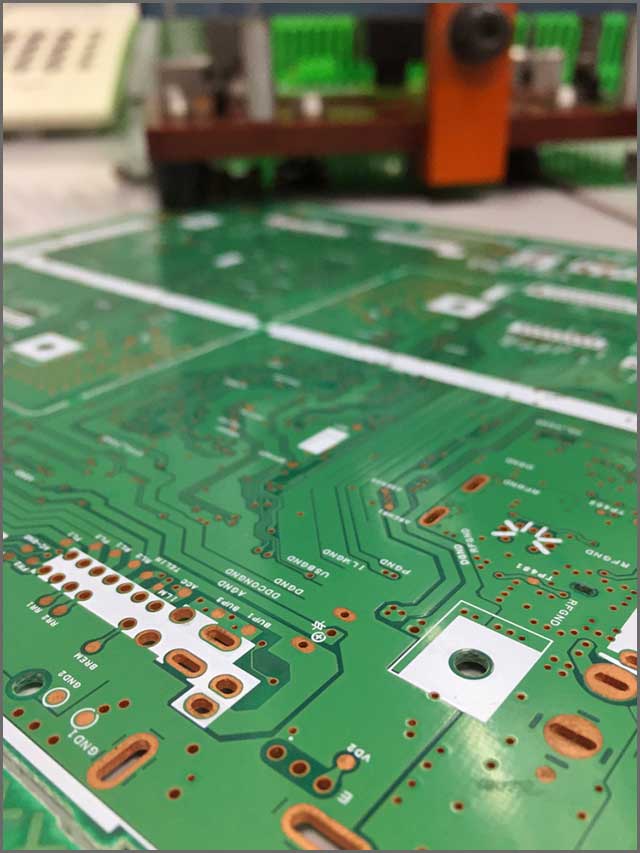
Choose Technology According to the Situation
As you can see, there are several advantages and disadvantages associated with both HASL (Hot Air Solder Leveling) and ENIG (Electroless Nickel Immersion Gold) technologies. There’s no right or wrong technique to use.
The choice of procedure depends on the situation you have at hand or what you want your printed circuit boards to achieve.
If you intend to use a readily available technology that is low cost and guarantees some excellent shelf life for your boards, then you may have to opt for HASL (Hot Air Solder Leveling).
But if you want to use a surface finish with no skin effect, long shelf life, and oxidation resistance, then you may find ENIG to be ideal for you.
Summary
We at WellPCB have provided you with two common types of surface finish, including the merits and demerits attached or associated with each one of them. We have begun this, and we are committed to assisting you to see everything to the very end.
Trust us; you don’t want to fall into the wrong hands, a reason as to why we at WellPCB are here 24/7 to serve you. Feel free to contact us today for your surface finish needs. We would be more than happy to hear from you and assist you. You can also request for a quotation, which we avail to you immediately.
